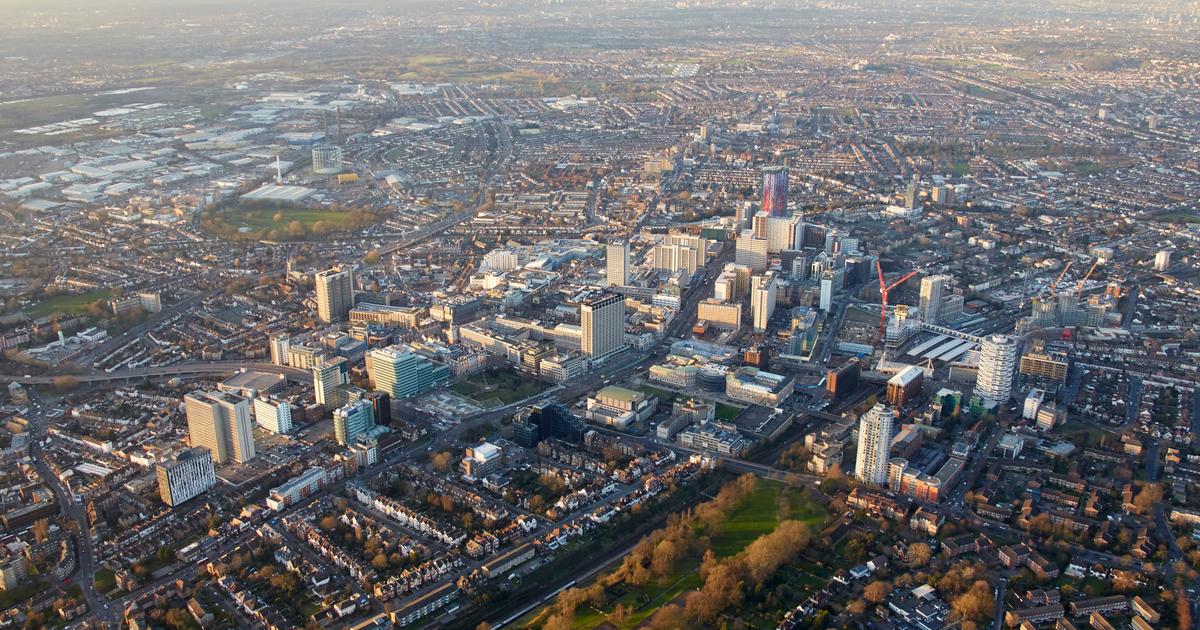From Crisis to Opportunity: How Croydon's Urban Redevelopment is Shaping the Post-COVID Future
Discover how Croydon's innovative approach to urban redevelopment is transforming the post-COVID landscape, creating opportunities for growth and equity

Globally, the COVID-19 epidemic has caused a great deal of change and difficulty. Urban renovation is one area where the pandemic has had an impact. We'll look at how COVID-19 has impacted Croydon's urban renewal in this section.
Croydon is a large town located in South London, England. It has a diversified population and is one of the biggest commercial districts outside of Central London. For the past few years, the town has undergone major urban renewal, with numerous construction projects ongoing. Their plans have been complicated by the pandemic.
With the first COVID-19 wave in 2020, Croydon was one of London's worst-hit boroughs. Due to business closures and public advisories to stay at home, the pandemic had a considerable negative influence on the town's economy. The town's continuing urban redevelopment initiatives were impacted by this.
According to a report by Rachel Flowers, the head of public health in Croydon, the pandemic has made disparities in the borough worse. The report recognises the resilience and tenacity of Croydon's citizens, communities, companies, and institutions throughout this trying period. Yet, it also highlights how the epidemic has impacted many segments of society, with people from impoverished origins being the most severely affected.
The commercial real estate sector in Croydon is one area that has been severely impacted by the pandemic. The virus's negative effects on the market have added to the pressure on local government resources. The revitalization of city centres is at serious risk due to councils' precarious position. These plans are under danger in a number of ways because of the epidemic.

The pandemic has also brought attention to the necessity for a plan to transfer authority and resources to the local level. Before COVID-19, the outlook on Britain's high streets was that of dismal. A serious urban renewal strategy is now urgently required because the pandemic has made the situation worse. The government needs to take urgent action to resolve this problem. Before the virus struck, the high street was already changing, but the lockdowns significantly slowed this development. The Centre for Cities' statistics shows that city centres all around the nation have taken a long time to recover economically from COVID-19. In Croydon, this has been particularly clear.
The growth of online shopping has been one of the main drivers in Croydon's high street's collapse. In fact, with 21% of its jobs in retail, a survey by the Centre for Cities found that Croydon was the second most susceptible city in the UK to the effects of online shopping. The pandemic, which hastened the transition towards internet shopping and resulted in the closure of several high street retailers in Croydon, added to this vulnerability.
Municipal government finances in Croydon were significantly impacted by the pandemic as well. Because of poor management and excessive expenditure, Croydon Council already had financial problems before the epidemic, but the pandemic made matters worse. A section 114 notice was issued by Croydon Council in November 2020, declaring it to be insolvent. This was only the second council to do so in the last 20 years. The pandemic has also put pressure on the commercial real estate market, making it challenging for local governments to raise money for redevelopment projects.
Despite the difficulties, Croydon has taken action to lessen the pandemic's impact on its urban redevelopment ambitions. For instance, Croydon's director of public health Rachel Flowers commended the city's citizens, communities, companies, and schools for their sustained fortitude and tenacity in her annual report published following the Covid-19 epidemic . The Croydon Economic Recovery Plan, which attempts to support businesses impacted by the pandemic, is one project the council has undertaken to assist local businesses.
The Croydon Growth Zone is yet another noteworthy illustration of Croydon's attempts to promote its urban expansion objectives. The Greater London Authority (GLA), the council, and Transport for London (TfL) collaborated to create the Growth Zone, which aims to promote economic growth and regeneration throughout Croydon. Some significant projects have already been completed as a result of the plan, such as the £24 million renovation of East Croydon Station that enhanced access to the town centre and helped to draw in new investment.
In conclusion, Covid-19 has significantly impacted Croydon's urban redevelopment plans, aggravating already-present issues including the erosion of the high street and financial issues facing local government. Nonetheless, Croydon has taken measures to lessen the impact of the pandemic on its urban redevelopment plans, including investing in significant regeneration initiatives like the Croydon Growth Zone and supporting neighbourhood businesses. Even if the path to recovery may be long, Croydon's will to get over these obstacles and carry out its urban regeneration ambitions is commendable.




